- Home/
- Comparisons/
- Cladding/
- Wall Cladding vs Wall Panelling
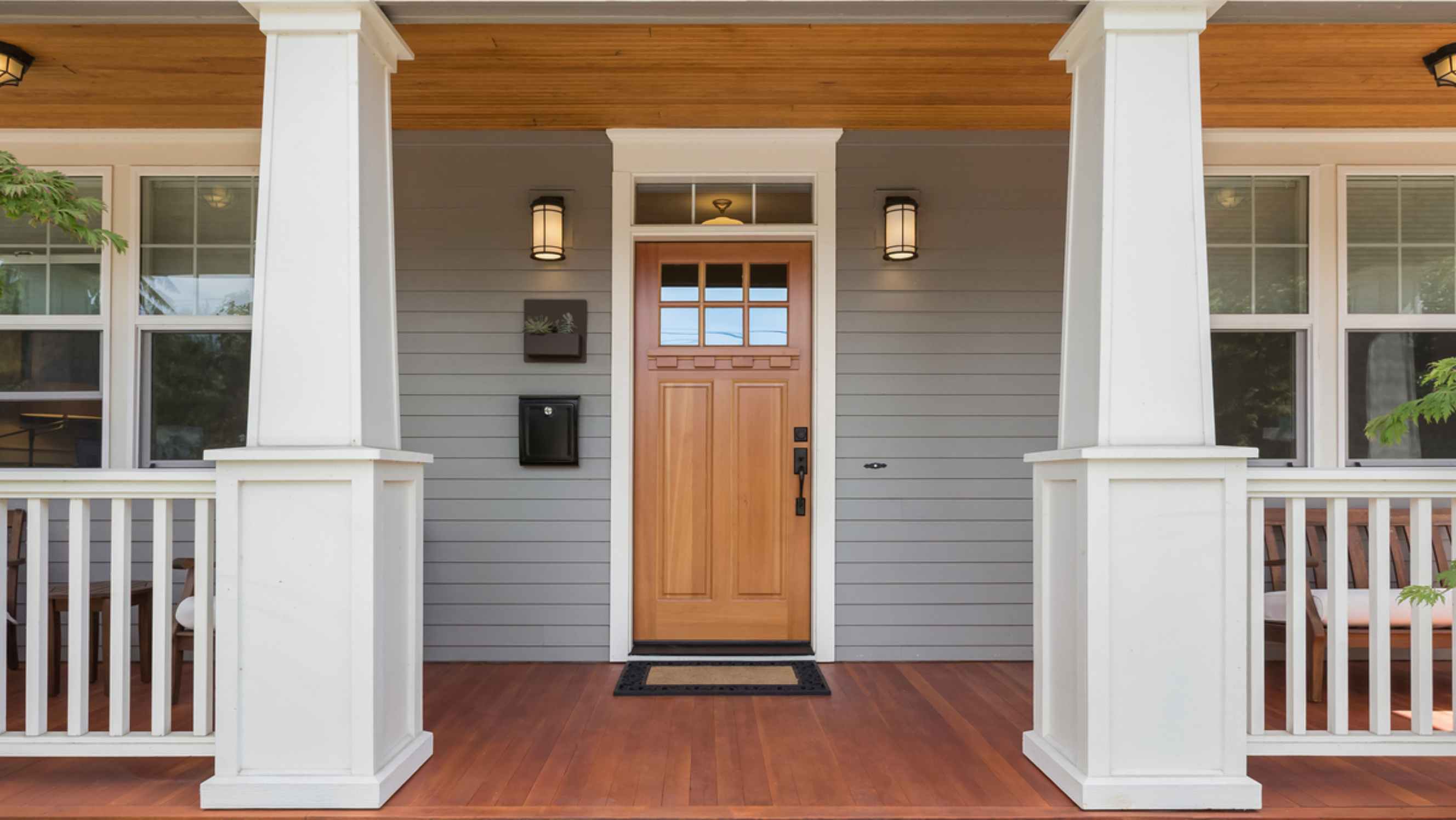
Wall cladding vs wall panelling: What's the difference?
Comparing wall cladding and wall panelling based on appearance and materials used, function, durability, and more.
Hire a cladding professionalLast Updated on

Written by Daniel H.
Contributor
Read more about our contributor
Key Facts
- Wall cladding is a protective external layer applied to exterior walls, providing insulation and aesthetic appeal.
- Wall panelling is an interior finish made from a variety of materials, used primarily for insulation and decorative enhancement within a space.
Did you know that the right wall finish can completely transform the look and feel of a room? However, many homeowners face the challenge of choosing between cladding vs panelling and are often unsure which option is better suited to their space and style.
In this guide, we’ll break down the key differences between the two. We’ll give you the insights you need to make the best choice for your home renovation or new build.
What is wall cladding?
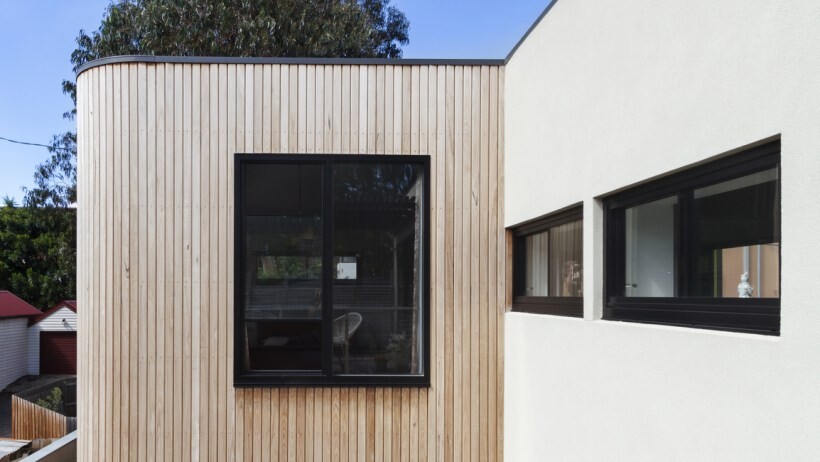
Wall cladding is a protective outer layer applied to your home's exterior walls. It's designed to enhance the look and feel of your property while providing additional durability and insulation for your home.
When you choose to go with a cladded wall, you're not just covering old bricks or siding. You're adding a fresh aesthetic that can transform the overall appearance of your home. Different materials like wood or stone can be used for cladding, each offering unique benefits and styles.
What is wall panelling?

Wall panelling adds style and character to your interior spaces. It involves attaching a series of materials to your walls to create texture and visual interest, while also serving practical purposes. Not only does it improve aesthetics, but it can help insulate and soundproof a space to make it more comfortable.
There are two most common types of panelling: wood and PVC. Wood wall panels can create a warm, inviting atmosphere, while PVC panelling provides a sleek, modern look and is often easier to maintain.
Wall cladding vs wall panelling: Which is the best choice for your home?
When it comes to sprucing up or renovating your home, choosing between wall cladding vs wall panelling can feel overwhelming. So, what should you consider? Let’s dive deeper into these factors to see which choice might be the best fit for your home.
In terms of appearance and materials used

Wall cladding design primarily enhances the exterior of a building and provides a polished look that can elevate architectural style. It can be made of different materials such as stone, brick, metal, and wood, depending on your aesthetic preferences. For instance, stone cladding gives off a classic, durable appearance, while metal options, like aluminium or steel, create a sleek, modern vibe.
On the other hand, wall panelling is mostly used in interior spaces to add depth and texture to walls. This style can contribute to a room's elegance, whether through traditional wainscoting or contemporary shiplap.
Materials used for wall panelling include wood, medium-density fibreboard (MDF), PVC, and fabric. Wood evokes warmth, while PVC provides easy maintenance which makes it perfect for spaces like kitchens and bathrooms.
In terms of function
Wall cladding and wall panelling serve different purposes that can significantly impact your home renovation and refurbishment decisions.
Wall cladding primarily protects external walls from harsh weather. It acts as a barrier against rain and temperature changes, while also improving insulation and potentially lowering energy costs.
This function is also vital for maintaining a comfortable interior, especially in extreme climates. There are types of cladding that go on ceilings and you can even install them on bathrooms.
In contrast, wall panelling boosts the aesthetic appeal of interior walls. It's a decorative element that elevates a room's ambience. It effectively covers up imperfections and provides a smooth finish to any space as well.
In terms of durability
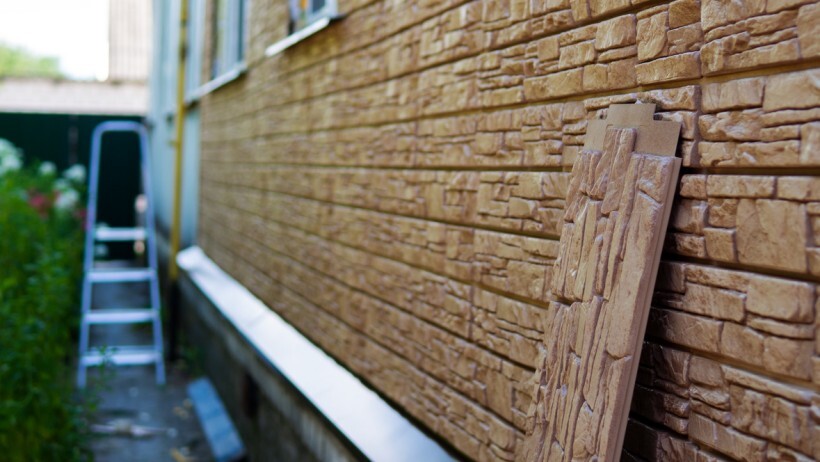
Wall cladding is designed for durability, making it ideal for exterior applications. It's built to resist harsh weather, including rain and UV rays, which can harm the structure beneath. Since it's made of materials like stone and metal, it can often resist rot and corrosion. It can also extend the lifespan of a building considerably, so you won't need to think about replacing your cladding right away.
On the other hand, wall panelling is mainly intended for indoor decorative purposes. While it protects your wall against minor damages like scuffs and scratches, it's not as robust as cladding. The durability varies with the material, though. Wood and MDF can warp in humid conditions, while PVC and vinyl last longer in those environments.
In terms of installation
Installation is a crucial factor that can affect your project's overall efficiency and cost. So, it's essential to understand what you're getting into before making a decision.
Installing wall cladding is typically more complex, time-consuming, and requires professional help. You'll deal with heavier materials like stone or metal, so you may need additional support structures.
Wall panelling is generally easier and quicker to install. Many modern wall panelling systems come with features like click-and-lock mechanisms or adhesive backing. However, it’s still advisable to seek a professional for better results. Getting everything right the first time is still more cost-effective in the end.
In terms of maintenance
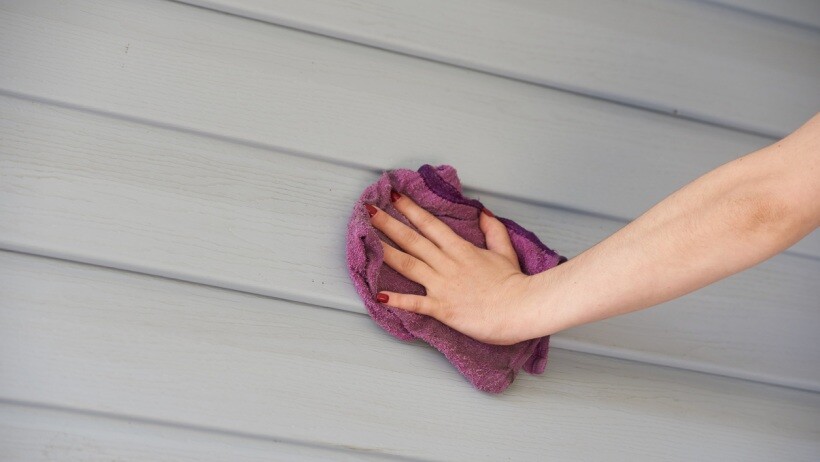
Wall cladding is typically low maintenance, especially if you opt for durable materials like metal or stone. These materials resist environmental factors and generally just need an occasional cleaning to remove mould or dirt. Minor repairs may be necessary after severe weather, but wood cladding will require regular sealing or staining to protect against moisture and UV damage.
On the other hand, wall panels often demand more attention, particularly in high-traffic areas prone to scuffs and scratches. Regular cleaning and dusting are essential for keeping its look intact. Wooden wall panel varieties even need periodic polishing or repainting, especially in moisture-rich environments.
In both cases, be sure to examine any wall cladding panels carefully during routine inspections. Over time, damaged panels should be replaced or refinished to maintain their integrity and visual appeal.
In terms of cost
Understanding the costs of either wall panels or cladding helps you align your choices with your renovation budget while also factoring in the long-term benefits.
Wall cladding typically ranges from $30 to $150. However, the choice of materials—like stone or metal—and the skilled labour required for installation can still drive up the costs. This investment can pay off in the long run, though, as cladding’s durability translates to lower maintenance and energy consumption.
Wall panelling prices range from $86 to $416. The actual budget tends to be more straightforward since the materials used—such as MDF or PVC—are expensive. The installation process, on the other hand, tends to be simpler, so you don’t have to worry about overspending on labour costs. Also, it’s important to note that panelling does require more regular maintenance or eventual replacement.
Explore nearby wall panelling and cladding professionals with Airtasker
Once you've decided between wall cladding and panelling, it's time to bring your vision to life. Whether you're looking for a sleek finish or need help with cladding repairs, having skilled professionals on board makes all the difference.
Airtasker makes it easy to find experienced workers for every step of the project, from installation to final touches. Post a task today and connect with experts who can transform your home professionally and efficiently.
Learn more about our contributors

Written by Daniel H.
Contributor
Daniel is an experienced writer specialising in topics like construction and renovation, home improvement, DIY projects, and more. When not writing, Daniel enjoys playing online games, discovering new music, and exploring pop culture, which adds a creative spark to his work.
Wall cladding vs wall panelling
| Wall Cladding |
Wall Panelling |
|
| Appearance and Materials Used |
Applied to exterior walls; made from stone, metal, or wood |
Applied to interior walls; made from wood, MDF, PVC, or fabric |
| Function |
Provides exterior protection, insulation, and aesthetic appeal |
Enhances interior aesthetics, covers imperfections, adds texture |
| Durability |
Highly durable; resistant to weather and environmental damage |
Less durable, depending on the material used; prone to damage in high-moisture areas |
| Installation |
Complex installation requiring professional help |
Easier installation, often with click-and-lock systems |
| Maintenance |
Low maintenance; occasional cleaning needed |
Requires regular cleaning; wood needs periodic polishing |
| Cost |
Generally more affordable upfront and pays off with long-term savings |
Has a higher cost and may require more upkeep |
FAQs on wall cladding and wall panelling
Panelling is primarily decorative and covers existing walls, while a partition wall is a structural element that divides spaces and may not necessarily have a finished appearance.
Yes, you can mix different types of panelling to create unique designs and textures. Just ensure the styles complement each other to maintain a cohesive look.
Wall cladding is generally more cost-effective than tiles, especially for large areas. However, the price can vary depending on the materials and installation costs involved.
Find cladders, fast
Post a task
Related price pages
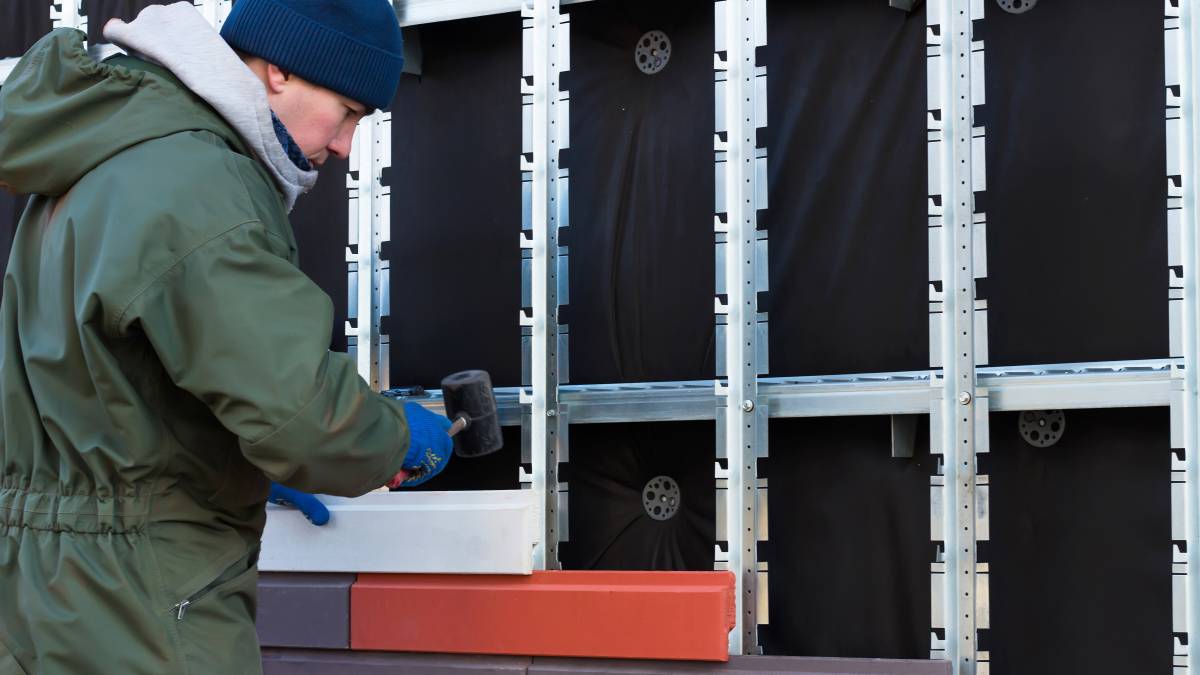
How much does cladding cost?
Read more